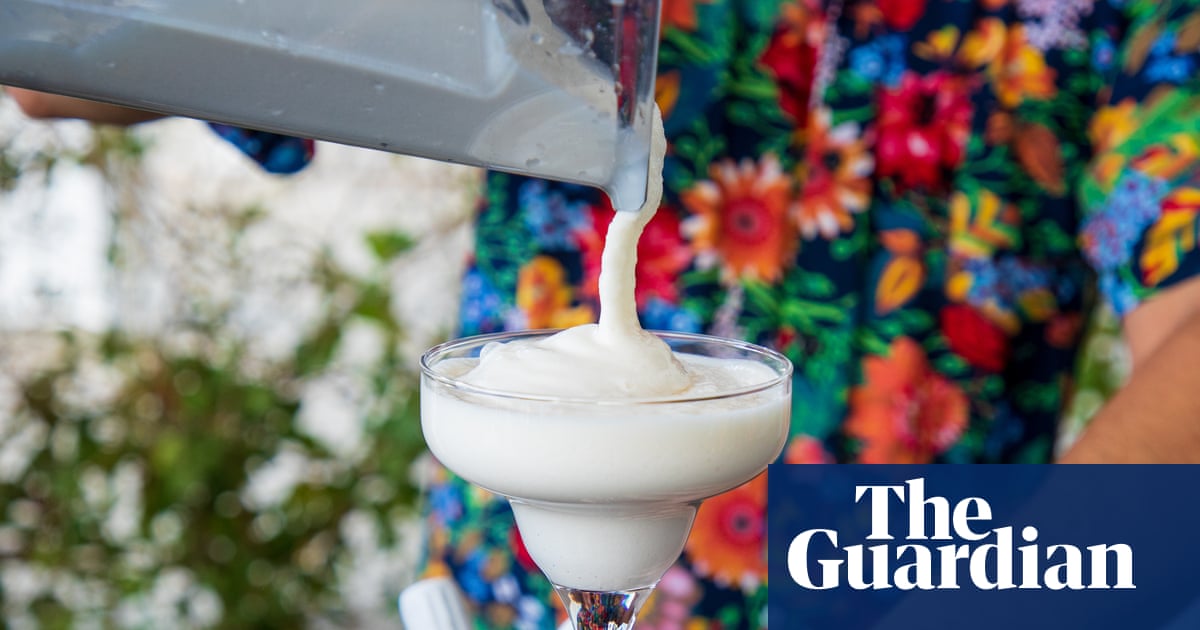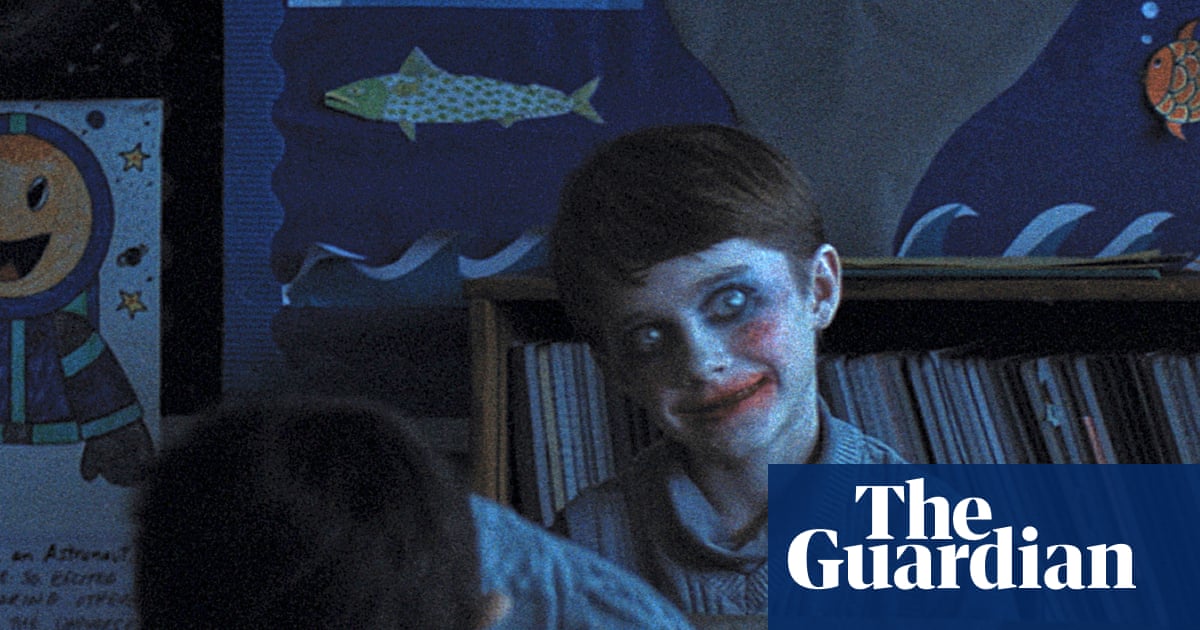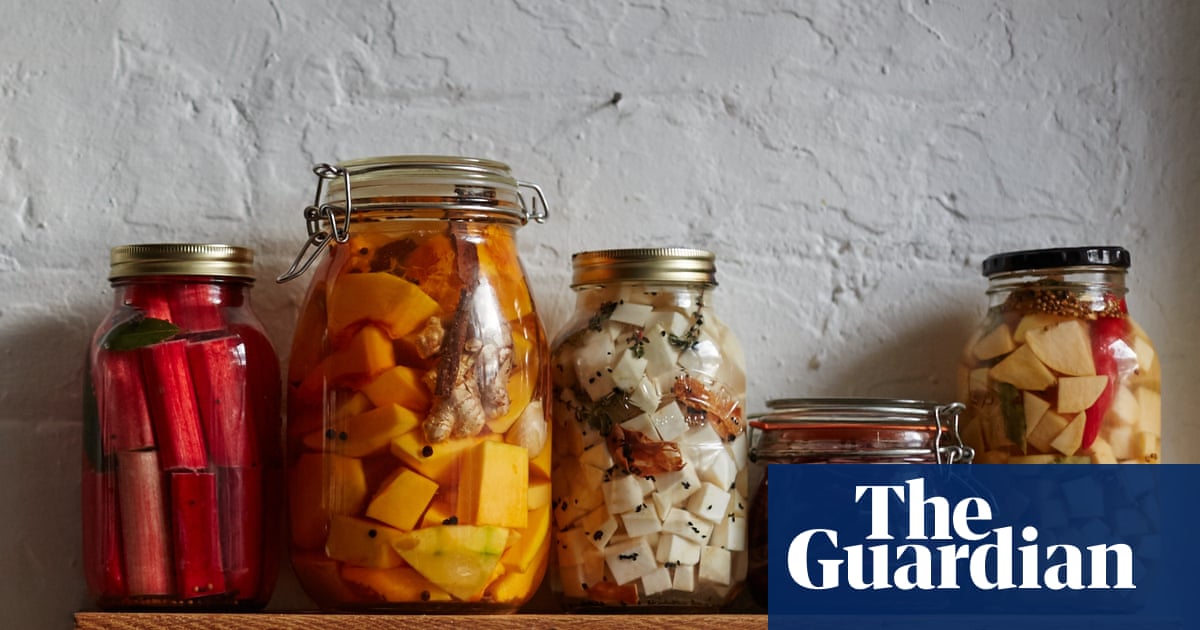When landowner and hunter James Barkhurst went scouting his property about a month ago to assess the local deer population ahead of the fall hunting season, he was left in shock.
“I’ve seen about 14 dead in less than a mile stretch. There’s a lot of does, big bucks and even fawns. You smell the dead everywhere,” he says. “And I haven’t really went deep into the woods.”
The longtime deer hunter owns several hundred acres and runs a small Airbnb business in Athens county, Ohio, where he has lived with his wife for almost two decades. This time of year, hunters from North Carolina, Virginia, New Jersey and elsewhere usually descend on his accommodation and property to hunt. This year, with so many dead deer in the area, his business has been almost wiped out.
“Half of October and all of November [bookings] has been canceled,” he says.
It has put him in a financial hole of about $15,000.
Eastern Ohio is a premier whitetail deer hunting spot in a state that ranks among the top destinations in the country. Hunters from around the world flock to Athens and neighboring counties every fall.
But the industry and people who depend on it are facing new threats.
Chronic wasting disease (CWD) and epizootic hemorrhagic disease (EHD) are killing wild deer in greater numbers in dozens of rural counties across the midwest that depend on the industry. The number of sick and dead deer reported by the public to Ohio’s department of natural resources grew from 2,093 in 2024 to 8,759 this year. That animals are being found dead in or near creeks and rivers may also present a health risk to communities dependent on local waterways for drinking and other uses.
CWD is spread from animal to animal through body fluids such as saliva, urine and blood. With drought becoming more prevalent in the region in recent years, larger numbers of deer find themselves gathering at fewer watering spots to drink, fueling the spread of the disease in the early fall.
In the case of EHD, warmer spring and fall temperatures allow for the spread of its carrier, culicoides variipennis, a biting midge that is typically killed off by freezing temperatures. The midge is attracted to mud and water sources, where it lays its eggs.
“While it’s been around for a long time, the frequency and intensity of EDH is increasing, and studies are showing that’s happening especially in the upper midwest,” says Sonja Christensen, associate professor at the department of fisheries and wildlife at Michigan State University.
“It comes and goes, which makes it a challenge to chase it down. We can’t predict it very well. We do know that in the upper midwest we are seeing more of these large-scale mortality events happening.”
According to the Ohio department of natural resources, midwestern deer populations infected with EHD are likely to die within three days after the onset of symptoms. CWD, which has a multi-year incubation period, has been detected in cervid species, mostly in deer, in 36 US states and four Canadian provinces, having been first detected in the contiguous US in wild deer in 1981.
Experts say that warmer temperatures fueled by human-caused climate change can contribute to conditions that favor both diseases.
“This year, the conditions were just right. We had a really wet beginning of spring, a really dry summer. The numbers of those midge carriers were up, which is why we’re seeing such a big increase in deer with EHD,” says Lindsey Krusling of the Ohio division of wildlife.
In Ohio, baiting and feeding deer has been banned in disease control areas in the north-west part of the state. Hunters across the midwest are being advised to have venison tested for presence of the diseases and to not eat from animals that appear sick.
Deer hunting nationally is worth around $23bn, with much of that, hunting advocates say, going back into the conservation of forests, woods and wilderness areas that otherwise could be logged for timber, farmed or exploited for mineral and other resources.
Hunters spend thousands of dollars on trips that outfitters use on food, accommodation, property taxes and the year-round maintenance of deer habitats. Ohio’s deer hunting industry is worth about $1.9bn a year, and in neighboring Pennsylvania, where nearly half a million deer are harvested annually, it’s worth around $2bn. In Michigan, where counties are recording first-time cases of CWD in wild deer as recently as last month, deer hunting contributes about $2.3bn to the state’s economy.
Aside from fueling rural midwestern economies, hunting whitetail deer also plays an important role in reducing damage to agricultural crops and lowering road accidents.
Neither CWD nor EHD are thought to be transmittable to humans.
“The threats and impacts of chronic wasting disease and [epizootic] hemorrhagic disease are very different,” says Kip Adams, chief conservation officer at the National Deer Association.
“With hemorrhagic disease, climate has a big impact. It’s all the way up through the north-east; it’s all the way across the midwest, up into Canada. This disease is far more widespread today than it was 10, 20 or certainly 30 years ago.”
Still, while coming across dozens of deer carcasses in the woods may come as a shock to some, observers such as Adams believe the broader population of whitetail deer is not currently at significant risk.
While EHD can devastate a local population within a short period of time, scientists say that, given good habitat conditions, they can recover within five years. Moreover, some animals that contract EHD have been known to develop an immunity to the disease that can be lifelong.
“The threats to local economies is probably going to be very little. Nationally, of all the hunters that go into the field each fall, less than half shoot a single deer. Only about 20% shoot more than one deer,” says Adams.
“Overall, there are still plenty of deer; folks can still go hunting.”
Still, the challenges of managing the spread of these diseases are not inconsiderable. And funding to study and closely track them can be difficult to come by because they generally don’t directly affect domestic animals or people.
For Barkhurst, losing a fall season of hunting is about much more than the loss of income that goes with it.
“My buddies and I, we’ve been hunting for three generations; it’s fellowship and hanging out. And now, you don’t go,” he says.
“They’re trying to find something else to keep the group together.”

 2 hours ago
5
2 hours ago
5

















































